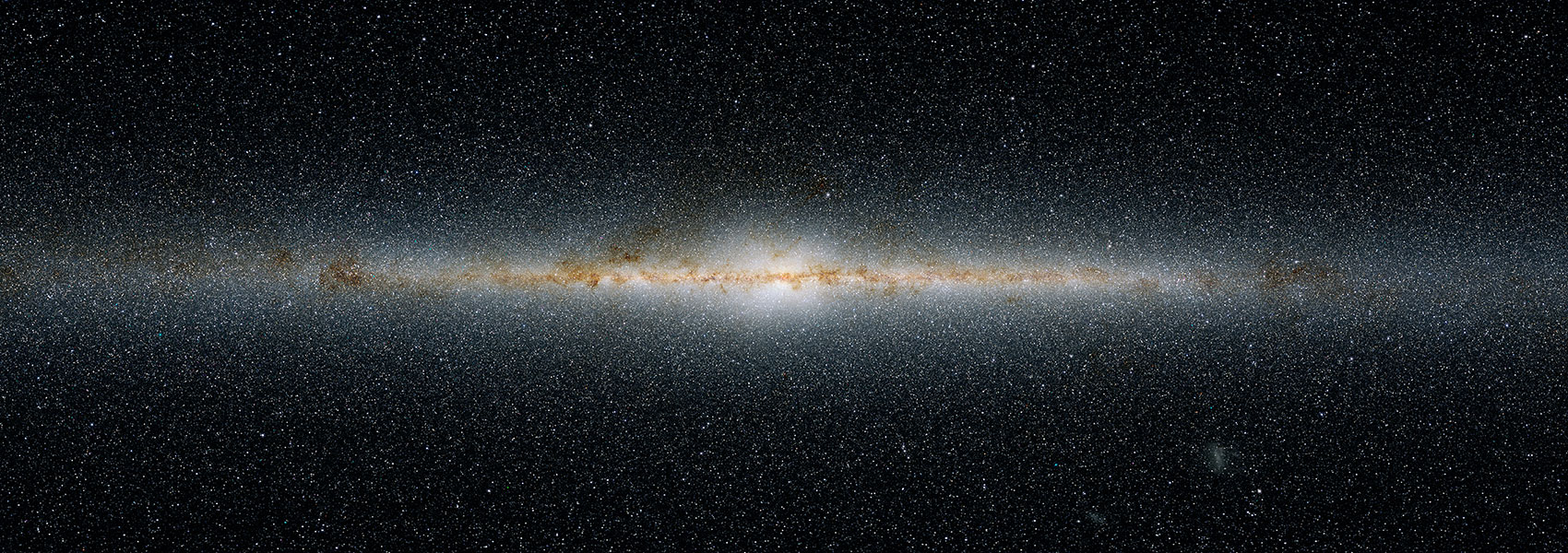
Fast Outflow in the Host Galaxy of the Luminous z = 7.5 Quasar J1007+2115
November 2024 • 2024ApJ...976...33L
Abstract • The James Webb Space Telescope opens a new window to directly probe luminous quasars powered by billion solar mass black holes in the Epoch of Reionization and their coevolution with massive galaxies with unprecedented details. In this paper, we report the first results from a deep NIRSpec integral field unit spectroscopic study of a quasar at z = 7.5. We obtain a bolometric luminosity of ∼1.8 × 1047 erg s‑1 and a black hole mass of ∼0.7–2.5 × 109 M ⊙ based on the Hβ emission line in the quasar spectrum. We discover ∼2 kpc scale, highly blueshifted (∼‑870 km s‑1) and broad (∼1400 km s‑1) [O III] line emission after the quasar point-spread function has been subtracted. Such line emission most likely originates from a fast, quasar-driven outflow, the earliest one at galactic scales known so far. The dynamical properties of this outflow fall within the typical ranges of quasar-driven outflows at lower redshift, and the outflow may be fast enough to reach the circumgalactic medium. Combining both the extended and nuclear outflow together, the mass outflow rate, ∼300 M ⊙ yr‑1, is ∼60%–380% of the star formation rate of the quasar host galaxy, suggesting that the outflow may expel a significant amount of gas from the inner region of the galaxy. The kinetic energy outflow rate, ∼3.6 × 1044 erg s‑1, is ∼0.2% of the quasar bolometric luminosity, which is comparable to the minimum value required for negative feedback based on simulation predictions. The dynamical timescale of the extended outflow is ∼1.7 Myr, consistent with the typical quasar lifetime in this era.
Links
- PREPRINT http://arxiv.org/abs/2409.13189
- NED https://ned.ipac.caltech.edu/uri/NED::InRefcode/2024ApJ...976...33L
- ELECTR https://doi.org/10.3847/1538-4357/ad7de4
- SIMBAD http://simbad.u-strasbg.fr/simbo.pl?bibcode=2024ApJ...976...33L
- PDF https://iopscience.iop.org/article/10.3847/1538-4357/ad7de4/pdf
- DATA https://archive.stsci.edu/mastbibref.php?bibcode=2024ApJ...976...33L
- DATA https://doi.org/10.17909/65h6-2671
- DATA https://doi.org/10.5281/zenodo.7584411


